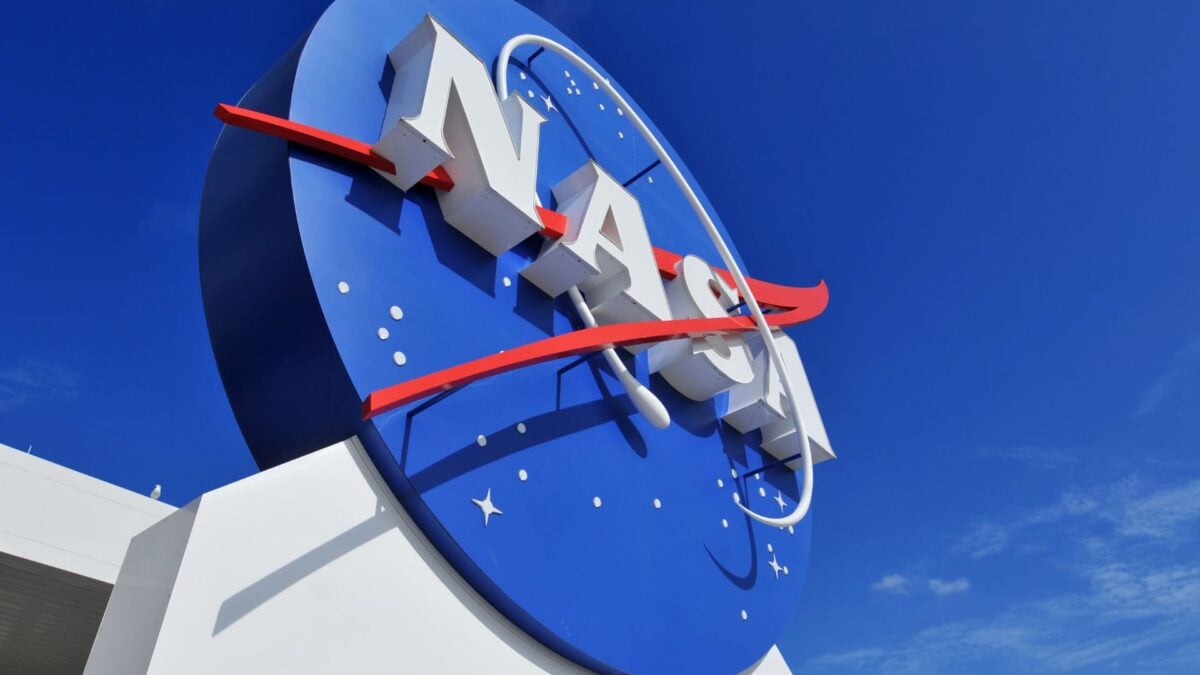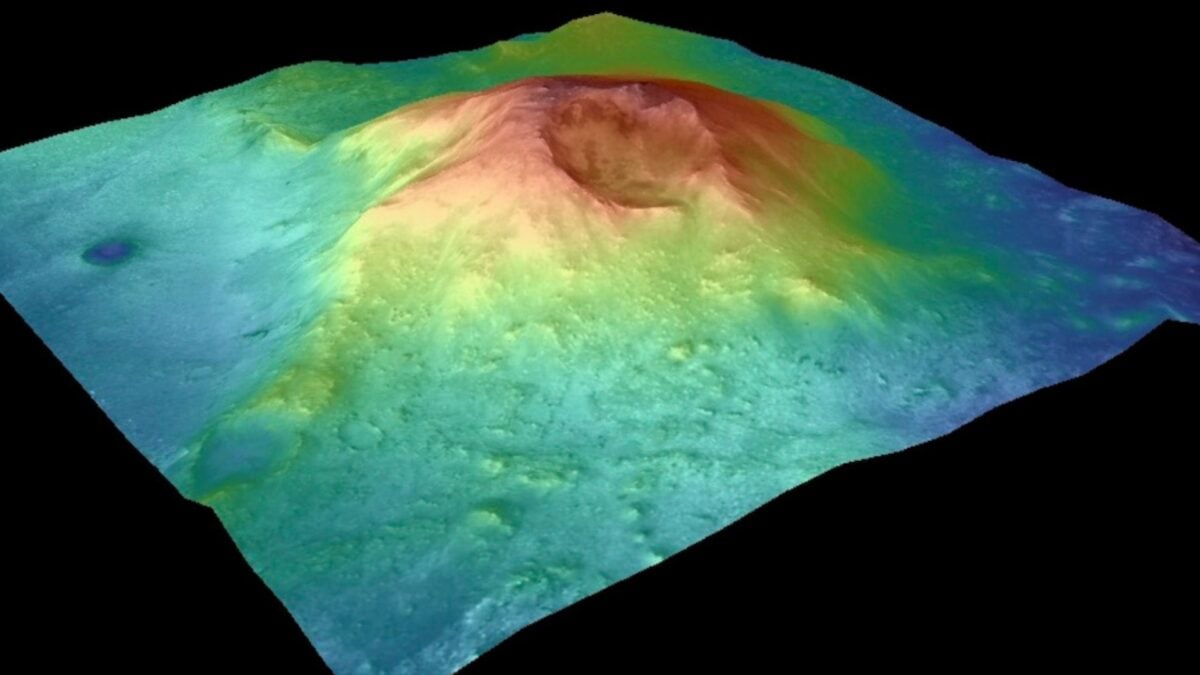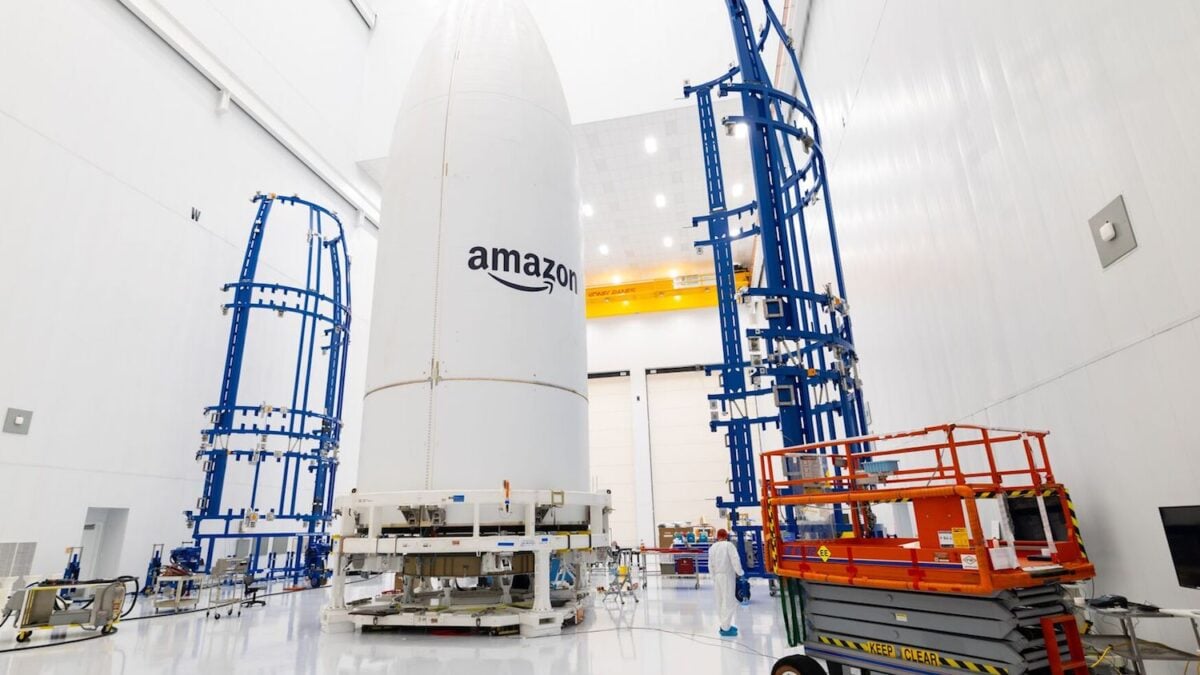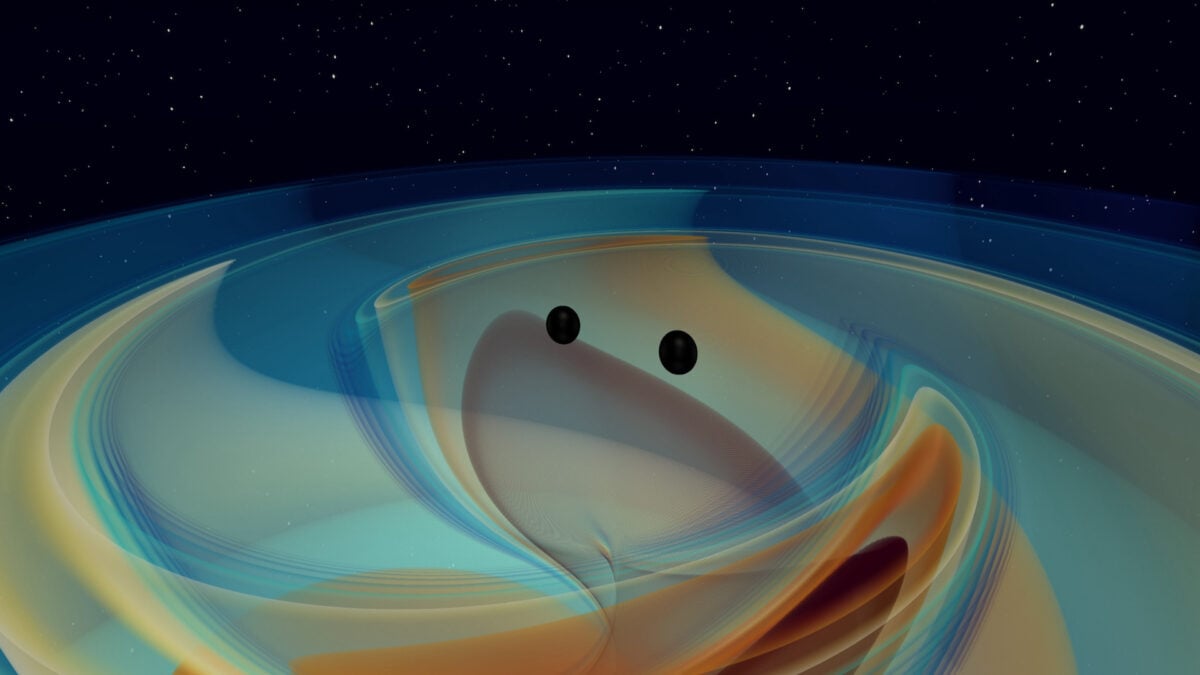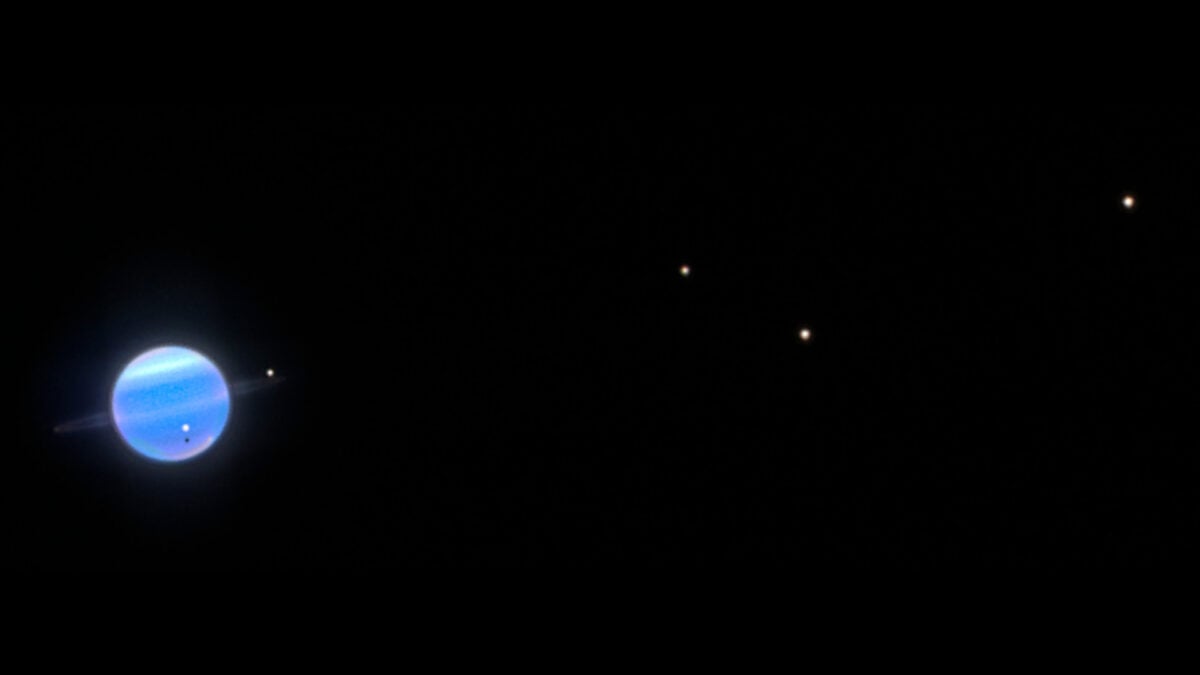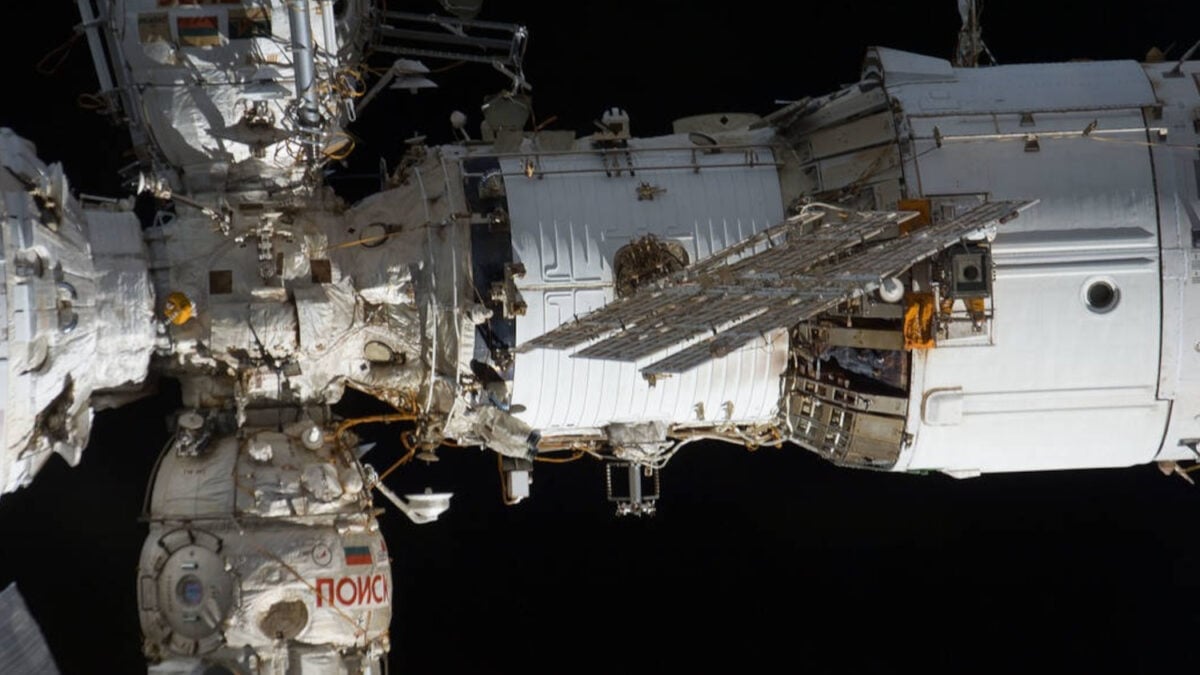NASA is set to eliminate at least 23 X accounts managed by its Science Mission Directorate (SMD), explaining the decision as a move to “strategically reduce” its digital presence. This development occurs as President Donald Trump’s proposed budget cuts loom, potentially threatening numerous research initiatives. The consolidation aims to streamline NASA’s social media, but sparks debate over public access to science information.
NASA currently operates over 400 social media accounts, with 300 belonging to the SMD, a quantity some might view as extensive. The agency contends that consolidating these accounts, a process initiated in 2018, will enhance its social media efficacy through more unified messaging. This change has found support among some, like spaceflight photographer John Kraus, who termed the consolidation “long overdue.” However, dissenting voices argue that closing these accounts will further restrict public engagement with and awareness of research, particularly in the current political climate.
Harvard University astronomer Jonathan McDowell expressed concern on Tuesday, June 10, stating, “In my view the core strength of social media is letting individual voices and their quirks find their individual audiences. Making a bland uniform corporate account to replace individual [NASA] voices is a mistake.” NASA assures the public that access to social media updates for all affected SMD programs will continue. The accounts will reportedly be archived, integrated into larger thematic accounts or NASA’s main channels, or rebranded to “better align with strategic framework.”
The NASA X (formerly Twitter) accounts slated for archival or merging serve as vital outreach platforms for specific research programs, spacecraft, rovers, satellites, and various scientific endeavors. Among those being discontinued are:
- Perseverance Mars rover: @NASAPersevere
- Curiosity Mars rover: @MarsCuriosity
- Voyager 1 and 2 spacecraft: @NASAVoyager
- Commercial crew program: @Commercial_Crew
- Exploration ground systems: @NASAGroundSys
- International Space Station research: @ISS_Research
- Space Launch System (SLS): @NASA_SLS
- Orion spacecraft: @NASA_Orion
- Transiting Exoplanet Survey Satellite (TESS): @NASA_TESS
- Goddard Institute for Space Studies: @NASAGISS
Several of these accounts, including the Curiosity Mars rover’s X page, command followings in the millions. The Curiosity account reassured its audience on Monday, “Don’t worry, my mission isn’t going anywhere.” However, this assurance may not extend to all programs facing these changes.
The backdrop to these social media adjustments is Trump’s fiscal year 2026 budget request, which proposes a nearly 25% reduction in NASA’s funding within a single year—one of the most substantial percentage cuts in the agency’s history. This proposal includes a staggering 47% cut to NASA’s science program, a reduction that The Planetary Society warns would “decimate” the agency.
If Congress approves this budget, it could terminate at least 41 active and planned space missions. For instance, funding for the Voyager program would decrease from $7.8 million to $5 million in 2026, and then to zero by 2029, as reported by the Washington Post. The Mars Sample Return (MSR) mission, designed to bring back Martian surface samples collected by the Perseverance rover, is also under threat. Furthermore, these funding cuts would lead to the retirement of the Orion capsule and the Space Launch System (SLS) megarocket, according to Ars Technica.
The International Space Station (ISS) is already experiencing the effects of funding constraints. The Center for Advancement of Science in Space (CASIS), which manages the ISS National Lab, recently canceled an upcoming space station research conference, citing “the current regulatory and budgetary environment.”
The proposed budget also entails significant staff reductions, potentially shrinking NASA’s workforce by approximately one-third. Casey Dreier, chief of space policy at The Planetary Society, told Space.com, “That would represent the smallest NASA workforce since mid-1960, before the first American had launched into space.” Dreier added, “This is the extinction-level event we were warning people about.”
As NASA’s scientific future faces uncertainty, the rollback in its outreach efforts has understandably caused alarm. This situation is not unique to NASA; other federal science agencies are also experiencing significant changes to their online presence. Climate.gov, the National Oceanic and Atmospheric Administration (NOAA) website for its Climate Program Office, is reportedly set to shut down following layoffs of most of its staff on May 31, The Guardian reports. Affected staff indicated to the publication their belief that these cuts are intended to restructure public-facing climate information.
While NASA and NOAA confront different specific challenges, both agencies are undergoing substantial transformations. These changes signify an evolving landscape for publicly accessible scientific information, at a time when such access is arguably more critical than ever. The consolidation of NASA’s X accounts, while framed as a strategic move, is inevitably viewed through the lens of these broader fiscal pressures and their potential impact on science communication.



